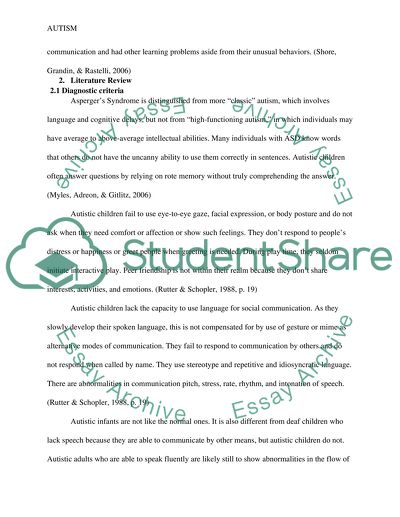Cite this document
(“Autism, demographics of the disease, diagnosis, and treatment Research Paper”, n.d.)
Retrieved from https://studentshare.org/psychology/1398118-autism-demographics-of-the-disease-diagnosis-and
Retrieved from https://studentshare.org/psychology/1398118-autism-demographics-of-the-disease-diagnosis-and
(Autism, Demographics of the Disease, Diagnosis, and Treatment Research Paper)
https://studentshare.org/psychology/1398118-autism-demographics-of-the-disease-diagnosis-and.
https://studentshare.org/psychology/1398118-autism-demographics-of-the-disease-diagnosis-and.
“Autism, Demographics of the Disease, Diagnosis, and Treatment Research Paper”, n.d. https://studentshare.org/psychology/1398118-autism-demographics-of-the-disease-diagnosis-and.


